Top 10 Trends Shaping the Automobile Market
Discover the top 10 trends revolutionizing the automobile market in 2024. Stay ahead in the fast-evolving car industry.

The automobile market is evolving at an unprecedented pace, with 2024 looking to be a pivotal year full of innovation and change. From electric vehicles gaining ground to the introduction of more advanced driver-assistance systems, the trends shaping the industry are both exciting and transformative. Staying informed about these changes is crucial for anyone involved in the auto industry, from manufacturers and suppliers to consumers looking to make their next purchase. Let's dive into the top 10 trends that are revolutionizing the automobile market this year.
Top 10 Trends Shaping the Automobile Market
Before we dig deeper, here's a quick overview of what we'll cover:
- 1. Electric Vehicle Expansion
- 2. Autonomous Driving Advances
- 3. Connectivity and Infotainment
- 4. Sustainability Initiatives
- 5. Shared Mobility Solutions
- 6. Digital Retailing Growth
- 7. Increased Safety Features
- 8. Personalization Options
- 9. Adoption of 5G
- 10. Aftermarket Technology Upgrades
Electric Vehicle Expansion
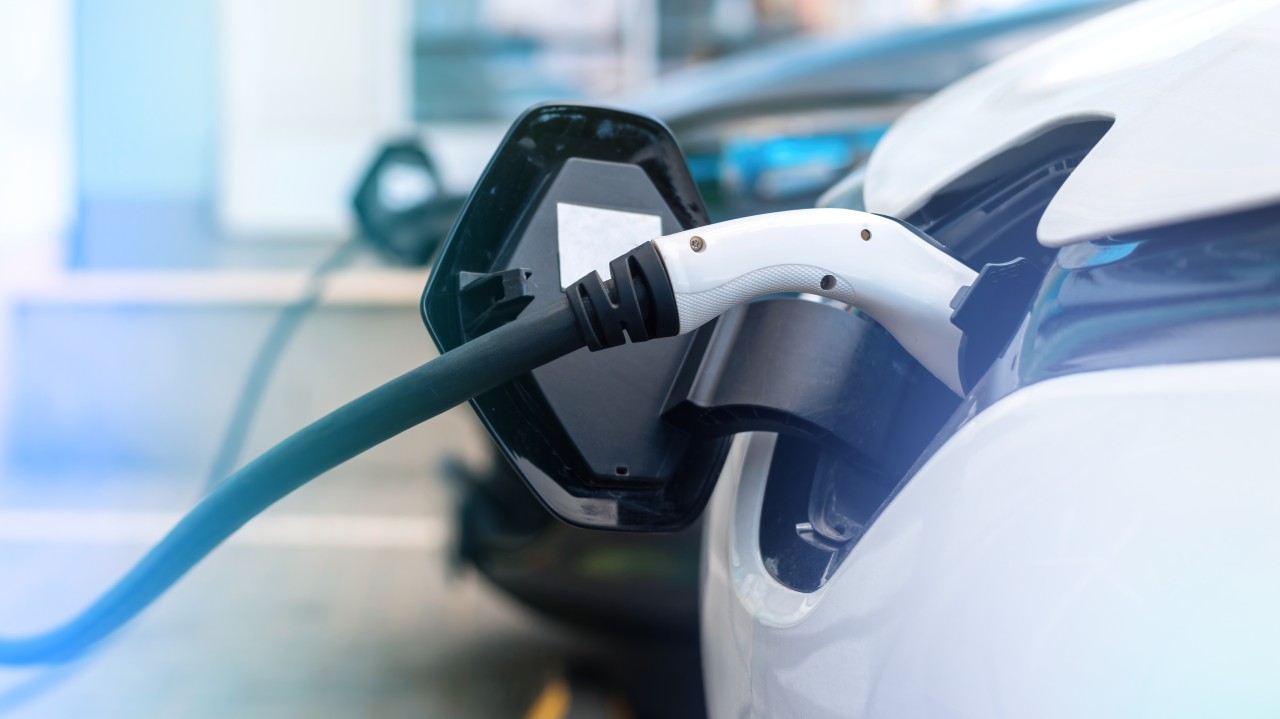
- Rapid growth in EV availability and models.
- Increase in charging infrastructure.
- Improvements in battery technology and range.
The automobile market is currently witnessing a significant shift towards electric vehicles (EVs). This expansion is fueled by advancements in battery technology, leading to longer driving ranges and shorter charging times. Additionally, governments worldwide are pushing for cleaner transportation solutions, offering various incentives for EV buyers. As charging infrastructure becomes more widespread, the convenience of owning an EV increases, making it an attractive option for more consumers. Automakers are responding by rapidly expanding their EV offerings, making electric cars more accessible and diverse in terms of models and price points.
Autonomous Driving Advances

- Development of Level 3 and Level 4 autonomous vehicles.
- Increased integration of driver-assistance technologies.
- Partnerships between tech companies and automakers.
Autonomous driving technology is another area where the automobile market is seeing considerable innovation. Advances in AI and machine learning have led to the development of vehicles capable of navigating roads with minimal human intervention. While fully autonomous vehicles are still on the horizon, many cars now feature advanced driver-assistance systems (ADAS) that offer a glimpse into the future of driving. These systems, which include features like adaptive cruise control and lane-keeping assist, not only enhance safety but also reduce driver fatigue. Collaborations between tech companies and traditional automakers are speeding up these advances, promising an exciting future for autonomous driving.
Connectivity and Infotainment
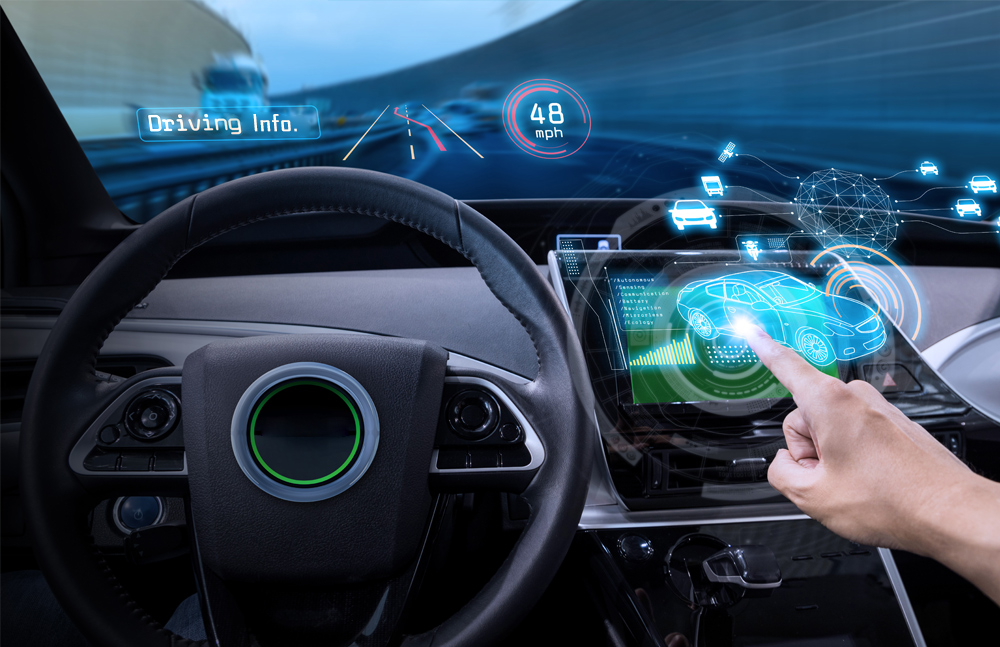
- Integration of smartphones with vehicle systems.
- Evolution of in-car entertainment and information systems.
- Growth of in-vehicle connectivity services.
The demand for connectivity and infotainment features within vehicles continues to grow. Today's consumers expect their vehicles to be an extension of their digital lives, with seamless integration between smartphones and car systems. This has led to the development of more sophisticated infotainment systems that offer everything from navigation services to on-demand music streaming. Additionally, automakers are introducing new connectivity services that enhance the vehicle ownership experience, such as remote vehicle monitoring and control via smartphone apps. These enhancements are transforming the way we interact with our vehicles, making driving a more connected and enjoyable experience.
Sustainability Initiatives

- Adoption of eco-friendly materials.
- Implementation of green manufacturing processes.
- Focus on reducing carbon footprint throughout the vehicle lifecycle.
In response to growing environmental concerns, the automotive industry is increasingly focusing on sustainability. This commitment is evident in the adoption of eco-friendly materials in vehicle production, such as recycled plastics and bio-based fabrics. Manufacturers are also implementing green manufacturing processes aimed at minimizing waste and reducing energy consumption. Furthermore, there's a concerted effort to reduce the carbon footprint of vehicles throughout their lifecycle, from production to disposal. These initiatives are not only good for the planet but also resonate with consumers who prioritize sustainability when making purchasing decisions.
Shared Mobility Solutions
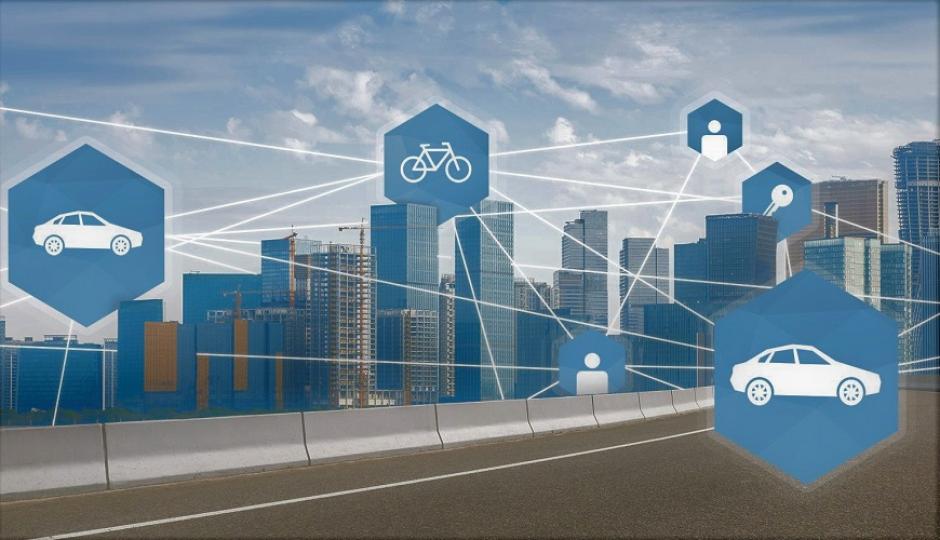
- Growth of ride-sharing and car-sharing platforms.
- Development of vehicles customized for shared use.
- Expansion into new markets and regions.
Shared mobility solutions, including ride-sharing and car-sharing services, are transforming urban transportation. These platforms offer convenient, cost-effective alternatives to car ownership, particularly in densely populated areas. In response, some automakers are developing vehicles specifically designed for shared use, with features like increased durability and easier cleaning. Additionally, the globalization of shared mobility platforms is introducing these services to new markets and regions, further accelerating their growth. This trend towards shared transportation is reshaping consumer attitudes towards car ownership and has significant implications for the future of urban mobility.
Digital Retailing Growth

- Increased online car buying and selling.
- Virtual showrooms and digital test drives.
- Enhanced online financing and paperwork processing.
As consumer behaviors continue to shift online, the automobile market is seeing a significant uptick in digital retailing. Buying and selling cars online has become increasingly common, driven by the convenience and efficiency it offers. Virtual showrooms and augmented reality have made it possible for customers to explore vehicles in detail from the comfort of their homes. Moreover, the process of financing and completing paperwork is also moving online, making transactions quicker and smoother. This digital transformation in car buying and selling significantly enhances customer experience and is set to become even more prevalent in the future.
Increased Safety Features
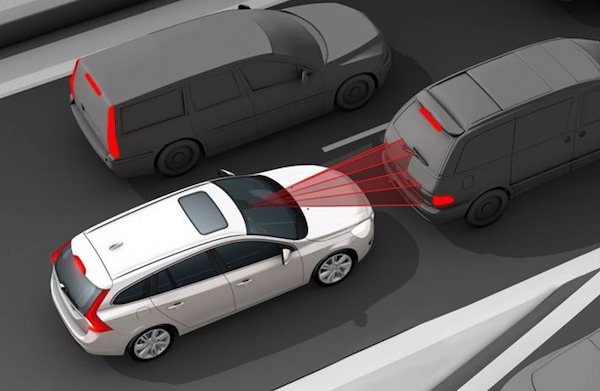
- Integration of advanced driver-assistance systems (ADAS).
- Use of AI and machine learning for predictive safety.
- Improvements in vehicle construction for crash protection.
The automobile market is putting a strong emphasis on safety, with manufacturers integrating a variety of advanced features designed to protect passengers. Advanced Driver-Assistance Systems (ADAS), which include automatic emergency braking and blind-spot detection, are becoming standard in many new vehicles. Additionally, the use of artificial intelligence and machine learning is enhancing the predictive capabilities of these systems, allowing for more effective anticipation and prevention of potential accidents. Improvements in vehicle construction and the use of higher strength materials have also significantly boosted crash protection, making cars safer than ever before.
Personalization Options
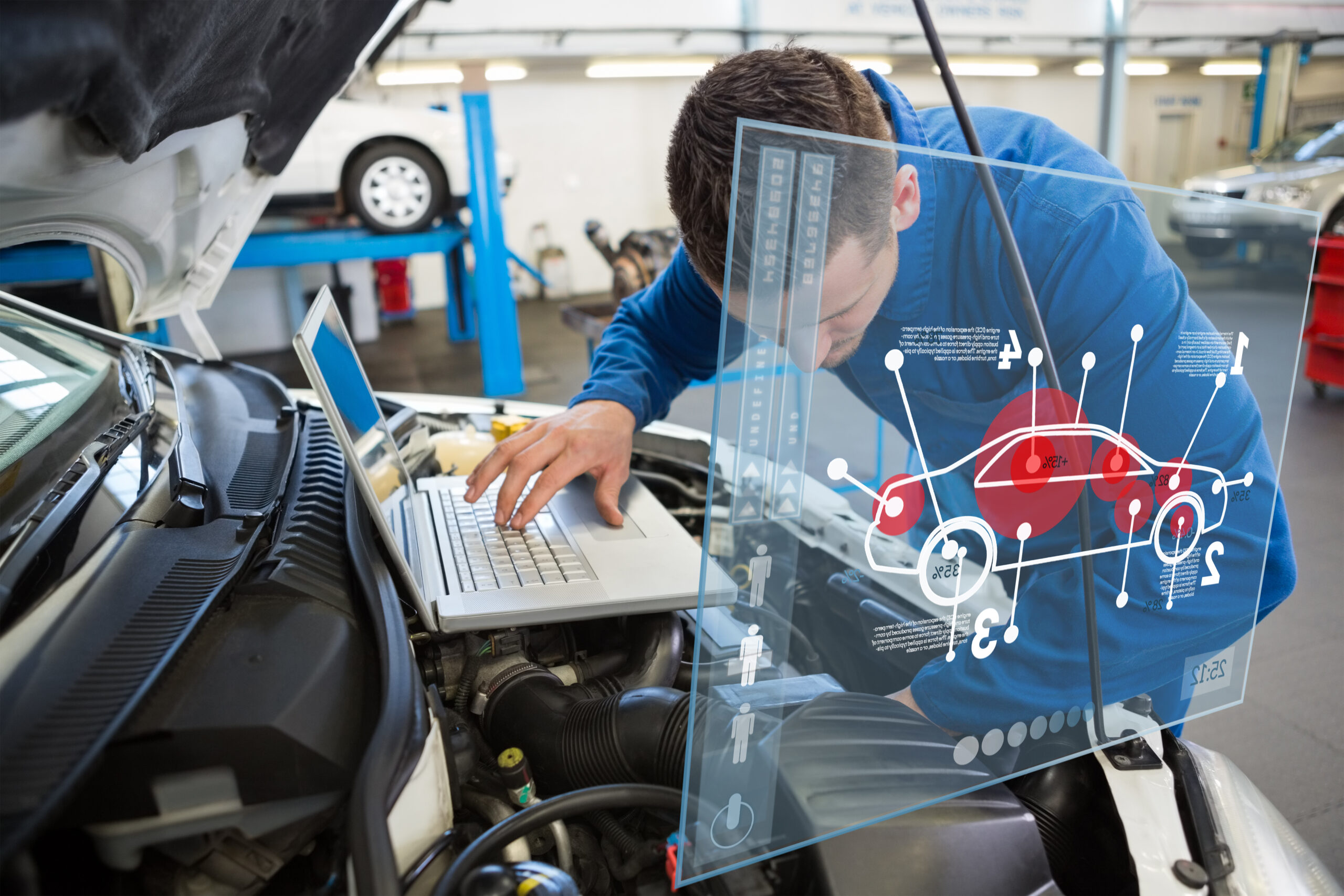
- Customization of vehicle features and appearance.
- Software updates to enhance performance and add new functionalities.
- Increased options for interior and tech customizations.
Personalization is becoming a key trend in the auto industry, with consumers demanding vehicles that reflect their personal style and needs. Automakers are responding by offering a wide range of customization options, from exterior colors and wheel designs to interior finishes and infotainment features. Furthermore, software updates can now enhance vehicle performance and add new functionalities over time, much like updates to a smartphone. This ability to personalize and upgrade vehicles even after purchase is adding a new dimension to car ownership, providing a more tailored and satisfying driving experience.
Adoption of 5G

- Enhanced connectivity for vehicles.
- Improvements in vehicle-to-everything (V2X) communication.
- Support for autonomous driving technologies.
The rollout of 5G technology is poised to revolutionize the auto industry by providing vehicles with unprecedented levels of connectivity. This enhanced connectivity will significantly improve vehicle-to-everything (V2X) communications, enabling cars to interact with each other and with infrastructure more efficiently. Such advancements will not only improve traffic management and safety but also support the development of autonomous driving technologies by allowing vehicles to exchange real-time data. The adoption of 5G marks a critical step towards smarter, more connected roads and cities.
Aftermarket Technology Upgrades

- Availability of advanced tech features for older vehicles.
- Growing market for DIY technology add-ons.
- Enhancements in vehicle functionality and performance.
The demand for aftermarket technology upgrades is on the rise, as vehicle owners seek to enhance functionality and performance without purchasing a new car. This trend is facilitated by the growing availability of advanced tech features that can be added to older vehicles, including smart infotainment systems, rearview cameras, and ADAS features. The DIY market for technology add-ons is also expanding, allowing consumers to customize their vehicles easily. These aftermarket upgrades not only improve the driving experience but also extend the value and lifespan of the vehicle, making it a cost-effective way to enjoy the latest automotive technologies.
In conclusion, the automobile market in 2024 is being driven by significant trends that are shaping the future of mobility. From the rise of electric vehicles and advancements in autonomous driving to the growth of digital retailing and the emphasis on safety, these developments are transforming how we think about transportation. The adoption of 5G and the demand for personalization and aftermarket upgrades further highlight the rapid evolution of the auto industry. Keeping up with these trends is essential for anyone involved in the automotive sector, as they represent both challenges and opportunities in the years ahead.
What's Your Reaction?































































